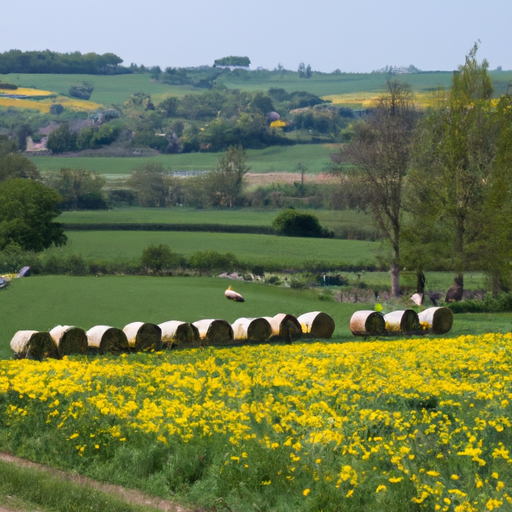If you’ve ever wondered about the beautiful rolling hills that grace the British countryside, look no further than the Cotswold Hills. Spanning across six counties in southwestern England, these picturesque hills are not just a sight to behold, but they also hold a rich history and a myriad of attractions. From charming villages and historic landmarks to stunning natural landscapes and delicious local cuisine, the Cotswold Hills truly offer a delightful escape into the heart of England.
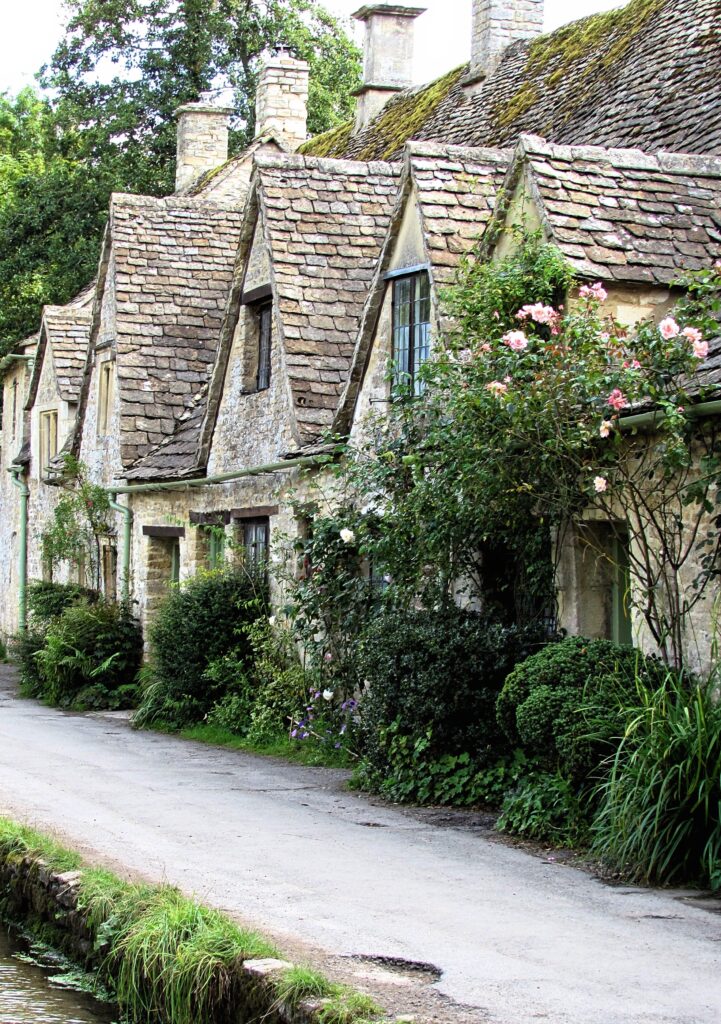
Location
Geographical location
The Cotswold Hills are a range of rolling hills located in Southwestern England. They span across six counties, including Gloucestershire, Oxfordshire, Warwickshire, Wiltshire, Worcestershire, and Somerset. Within these counties, the hills are spread out over an area of approximately 800 square miles.
County
The largest portion of the Cotswold Hills lies within Gloucestershire County. This county is known for its picturesque landscapes and charming villages, making it a popular destination for tourists and locals alike. Gloucestershire is also home to the iconic market towns of Cirencester and Cheltenham, which serve as gateways to the Cotswold Hills.
Towns and villages
The Cotswold Hills are dotted with numerous towns and villages, each with its own unique charm and character. Some of the notable towns include Bourton-on-the-Water, Bibury, Moreton-in-Marsh, and Tetbury. These towns are known for their well-preserved medieval architecture and traditional Cotswold stone buildings, offering visitors a glimpse into the region’s rich history and heritage.
Geology and Formation
Formation process
The Cotswold Hills were formed approximately 150 million years ago during the Jurassic period. The area was once covered by a shallow tropical sea, which resulted in the accumulation of marine shells and sediments over millions of years. These deposits eventually hardened into limestone, forming the distinctive Cotswold stone that characterizes the region today.
Rock types
Limestone is the primary rock type found in the Cotswold Hills. This sedimentary rock is renowned for its durability and distinctive pale yellow color. The limestone quarries in the area have been a significant source of building materials for centuries, contributing to the unique architectural style seen throughout the Cotswolds.
Limestone characteristics
The Cotswold Hills owe much of their charm to the distinct characteristics of limestone. The stone has a warm and honey-colored appearance, which lends a timeless beauty to the buildings and structures in the area. Limestone also weathers beautifully, developing a unique patina over time that adds to the region’s rustic allure. The high calcium content of the limestone also creates fertile soils, supporting a diverse range of plant and animal life.
Physical Characteristics
Elevation
The Cotswold Hills boast a gentle and undulating landscape, with relatively low elevations compared to other mountain ranges. The highest point in the Cotswolds is Cleeve Hill, standing at 1,083 feet above sea level. The rolling hills and valleys provide a scenic backdrop for exploring the region’s picturesque towns and villages.
Landscapes
The landscapes of the Cotswold Hills are renowned for their natural beauty. The hills are characterized by a patchwork of fields, meadows, and woodlands, all surrounded by picturesque dry-stone walls. This quintessential English countryside scenery has inspired countless artists and writers over the centuries and continues to captivate visitors with its timeless appeal.
Scenic views
The Cotswold Hills offer breathtaking panoramic views from their hilltops and viewpoints. From vantage points such as Broadway Tower or Haresfield Beacon, visitors can marvel at the sweeping vistas of rolling hills and quaint villages below. The changing colors of the landscape throughout the seasons make it an ideal destination for photographers and nature enthusiasts alike.
History
Historical significance
The Cotswold Hills have a rich history that spans thousands of years. The region’s limestone has been quarried since Roman times and was highly sought after for its quality. The wealth generated from the limestone industry contributed to the region’s prosperity and left a lasting impact on its architecture and heritage.
Human habitation
The Cotswold Hills have been inhabited since prehistoric times, with evidence of settlements dating back to the Neolithic period. The ancient hill forts scattered throughout the region bear witness to the area’s early importance as a defensive stronghold. Over the centuries, the Cotswolds became a center for farming and wool production, with many prosperous market towns and villages flourishing.
Medieval prosperity
During the medieval period, the Cotswold Hills experienced a period of great wealth and prosperity. The wool trade brought immense wealth to the region, and this is reflected in the grand wool churches and grand manor houses that still stand today. Towns like Burford and Stow-on-the-Wold became important market centers, attracting traders from far and wide.
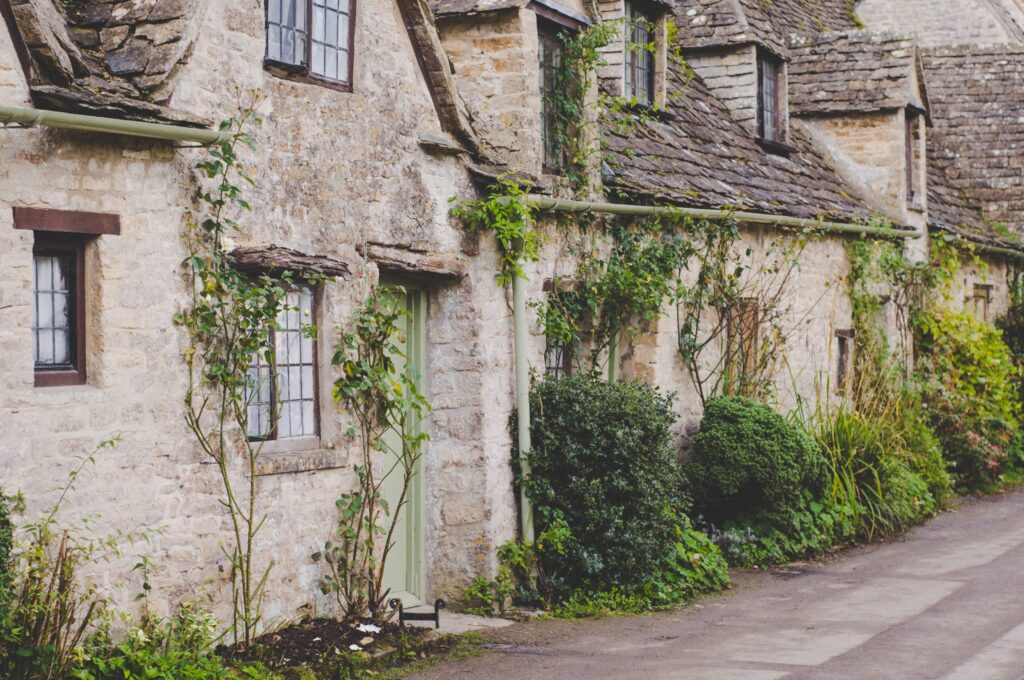
Flora and Fauna
Plant life
The Cotswold Hills are home to a rich variety of plant life, thanks to the fertile limestone soils. The rolling meadows are adorned with colorful wildflowers such as cowslips, harebells, and orchids during the summer months. Ancient woodlands, such as the Westonbirt Arboretum, provide a delightful display of autumn colors as the trees shed their leaves.
Wildlife diversity
The diverse habitats found within the Cotswold Hills support a wide range of wildlife. The limestone grasslands are home to a variety of butterfly species, including the rare Duke of Burgundy and Adonis Blue. The woodlands are teeming with birdlife, including woodpeckers, tawny owls, and various species of tits. Mammals such as badgers, foxes, and deer can also be found roaming the hills and valleys.
Bird species
The Cotswold Hills are a haven for bird watchers, with a plethora of species calling the region home. From the iconic red kite soaring above the hills to the melodious songs of the skylark, there is no shortage of avian wonders to be observed. The RSPB Nature Reserve at Coombe Hill provides an excellent vantage point for birdwatchers to spot a variety of waterfowl and waders.
Cultural Importance
Conservation efforts
The Cotswold Hills hold significant cultural value, and efforts have been made to preserve and protect this unique landscape. Various conservation organizations, such as the Cotswolds Conservation Board and the National Trust, work tirelessly to maintain the area’s natural beauty and biodiversity. Their efforts include managing the limestone grasslands, preserving ancient woodlands, and promoting responsible tourism.
World Heritage Site
In recognition of its outstanding cultural landscape, the Cotswold Hills were designated as a UNESCO World Heritage Site in 1966. This prestigious status ensures the preservation of the region’s historic towns, traditional farming practices, and unique architecture. The Cotswold stone buildings, with their distinctive mellow hues, serve as a testament to the area’s enduring cultural importance.
Influence on literature
The timeless charm of the Cotswolds has inspired numerous writers and artists throughout history. From Jane Austen’s novels to J.R.R. Tolkien’s Middle-earth, the region’s landscapes and quaint villages have served as settings and inspirations for literary works. Visitors to the Cotswold Hills can immerse themselves in the same picturesque surroundings that sparked the imaginations of these great writers.
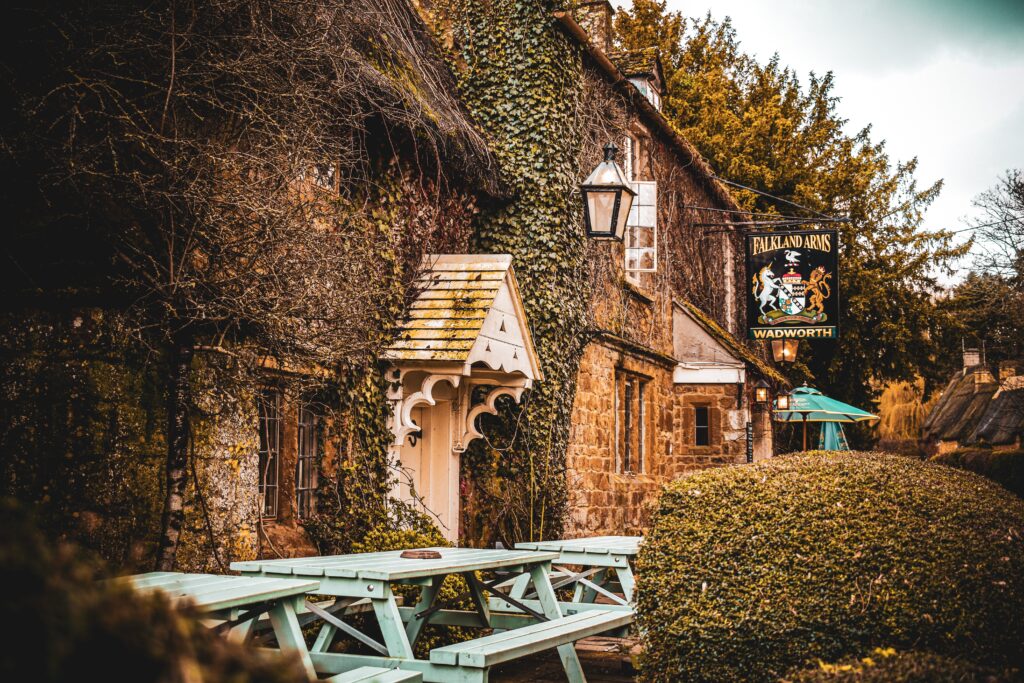
Outdoor Activities
Walking and hiking
The Cotswold Hills offer a myriad of walking and hiking opportunities, catering to hikers of all abilities. The well-maintained footpaths and trails crisscross the region, allowing visitors to explore the hidden corners and stunning viewpoints. The Cotswold Way, a 102-mile long-distance path, offers a challenging adventure for avid hikers, with breathtaking views at every turn.
Cycling
Cycling enthusiasts will find plenty to enjoy in the Cotswold Hills. Quiet country lanes wind through picturesque villages and rolling countryside, providing a perfect setting for leisurely rides or challenging cycling routes. Bike hire facilities are available in many towns, enabling visitors to explore the area at their own pace.
Horse-riding
The Cotswold Hills are a paradise for equestrians, with miles of bridleways and trails awaiting exploration. Horse-riding can be enjoyed across the region, from gentle hacks through peaceful countryside to exhilarating gallops across open fields. Several equestrian centers offer horse-riding lessons and guided treks, making it accessible even to beginners.
Tourist Attractions
Historic sites
The Cotswold Hills are home to numerous historic sites that attract visitors from all over the world. Sudeley Castle, once home to Katherine Parr, the last wife of Henry VIII, offers a fascinating glimpse into Tudor history. Chedworth Roman Villa showcases well-preserved mosaics and artifacts from the Roman occupation of Britain. Other notable sites include Hailes Abbey, Snowshill Manor, and Berkeley Castle, each with its own intriguing stories to tell.
Gardens and parks
The Cotswold Hills boast a wealth of stunning gardens and parks, offering visitors a serene escape into nature. Hidcote Manor Garden, created by the renowned horticulturist Lawrence Johnston, is renowned for its intricate garden rooms and unique planting schemes. Highgrove Gardens, the private residence of Prince Charles, features magnificent themed gardens that are open to the public on select days.
Museums and galleries
For those seeking a cultural experience, the Cotswold Hills offer a range of museums and galleries. The Corinium Museum in Cirencester delves into the Roman history of the region, showcasing fascinating artifacts and interactive displays. The Wilson Art Gallery in Cheltenham houses an impressive collection of modern and contemporary art. These cultural attractions provide a deeper understanding of the area’s rich heritage and artistic heritage.
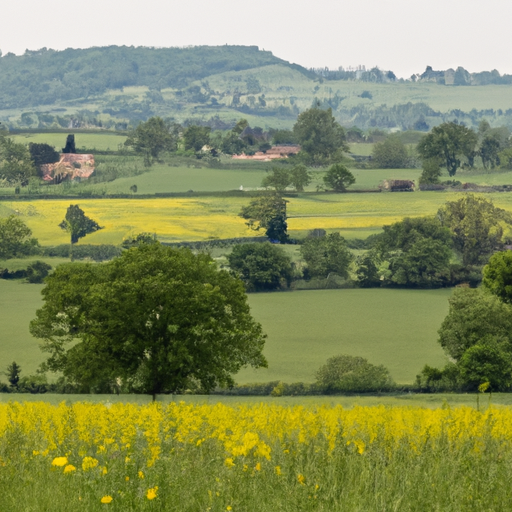
Local Arts and Crafts
Unique handicrafts
The Cotswold Hills are renowned for their traditional arts and crafts, which have been passed down through generations. Craftsmen and women continue to create unique handmade products using time-honored techniques. Visitors can discover a variety of local handicrafts, including hand-woven textiles, pottery, stained glass, and woodwork, in the region’s many craft shops and studios.
Artistic heritage
The picturesque landscapes of the Cotswold Hills have long been a source of inspiration for artists. The area has a vibrant artistic community, with many galleries showcasing the works of local painters, sculptors, and craftsmen. The fusion of traditional and contemporary art forms found in the Cotswolds creates a dynamic and diverse creative scene.
Art fairs and festivals
Throughout the year, the Cotswold Hills host a range of art fairs and festivals that celebrate the region’s artistic heritage. These events provide a platform for local artists to showcase their work and offer visitors the opportunity to purchase unique pieces directly from the creators. From bustling street fairs to intimate gallery exhibitions, there is something for everyone to enjoy.
Cotswold Cuisine
Local food specialties
The Cotswold Hills are a food lover’s paradise, boasting a rich culinary heritage and a range of local delicacies. Cotswold cheese, a creamy and crumbly cheese with a distinctive yellow color, is a regional specialty that has been produced for centuries. Other local delights include Gloucestershire Old Spot pork, Cotswold lamb, and the famous Gypsy tart, a sweet dessert made with evaporated milk and muscovado sugar.
Farmers’ markets
Farmers’ markets are a popular feature in the Cotswolds, providing visitors with the opportunity to sample and purchase locally sourced produce. These bustling markets offer a feast for the senses, with stalls brimming with fresh fruits, vegetables, artisanal cheeses, homemade preserves, and freshly baked goods. Exploring the markets is not only a chance to indulge in delicious flavors but also to support local farmers and producers.
Traditional recipes
The Cotswolds have a rich tradition of hearty and flavorsome dishes, with many recipes passed down through generations. Traditional dishes such as Gloucestershire sausages, steak and kidney pie, and sticky toffee pudding can be found on the menus of traditional pubs and restaurants throughout the region. These quintessentially British dishes are the perfect way to experience the authentic flavors of the Cotswold cuisine.
In conclusion, the Cotswold Hills offer visitors a delightful blend of natural beauty, rich history, cultural heritage, and culinary delights. From exploring the picturesque towns and villages to immersing oneself in the region’s diverse wildlife and enjoying outdoor activities, there is something for every traveler in this charming corner of England. The Cotswold Hills truly embody the quintessential charm of the English countryside, making it a must-visit destination for anyone seeking a taste of rural tranquility and timeless beauty.
